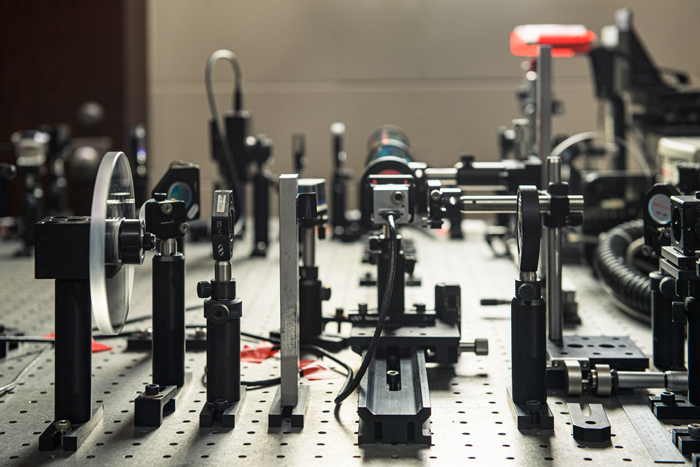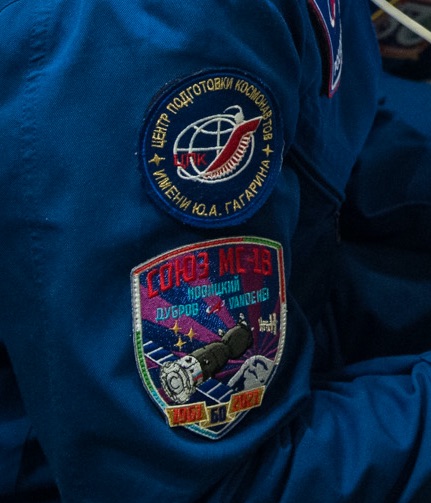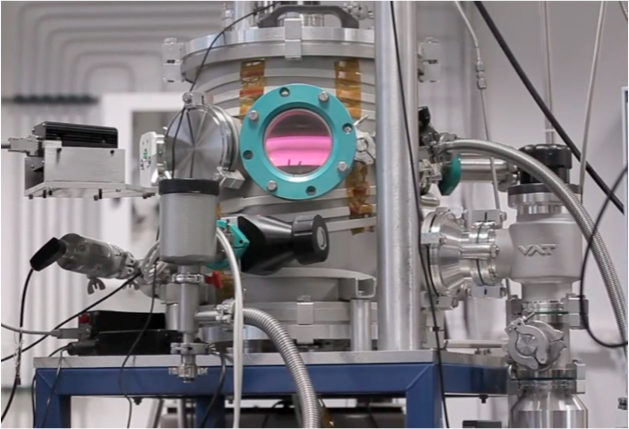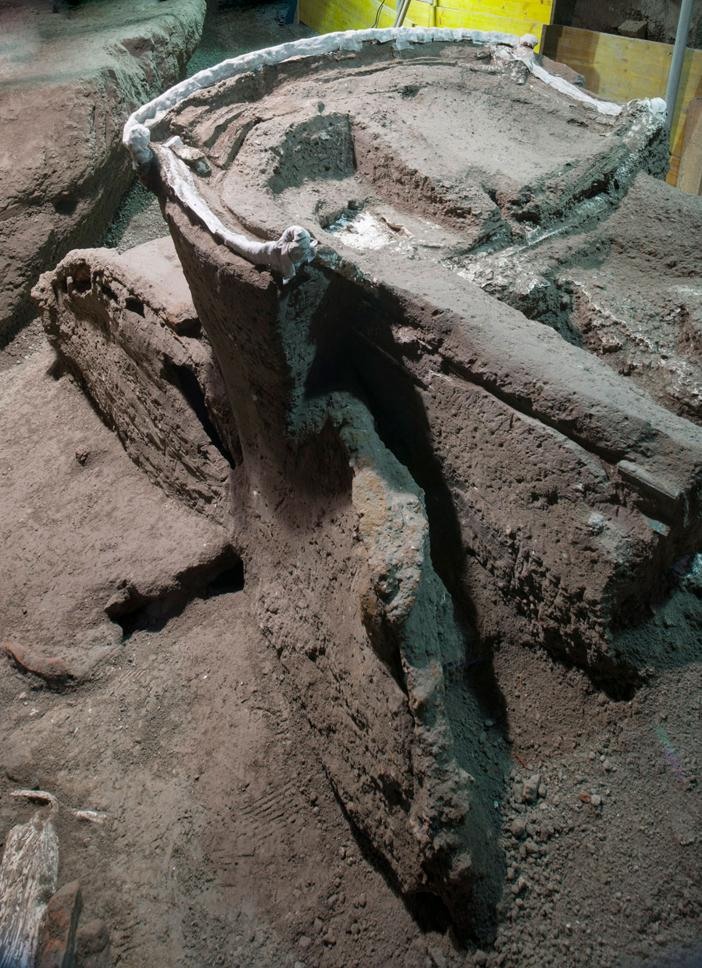James McCune Smith was not just any physician. He was the first African American to earn a medical degree, educated at the University of Glasgow in the 1830s, when no American university would admit him. For this groundbreaking achievement alone, Smith warrants greater appreciation.
But Smith was also one of the nation’s leading abolitionists. In 1859, Frederick Douglass declared, “No man in this country more thoroughly understands the whole struggle between freedom and slavery than does Dr. Smith, and his heart is as broad as his understanding.” A prolific writer, Smith was not only the first African American to publish peer-reviewed articles in medical journals; he also wrote essays and gave lectures refuting pseudoscientific claims of black inferiority and forecast the transformational impact African Americans were destined to make on world culture.
John Stauffer, a Harvard English professor who edited The Works of James McCune Smith, says that Smith is one of the underappreciated literary lights of the 19th century, calling him “one of the best-read people that I’ve encountered.”
“The closest equivalent I really can say about [him] as a writer is [Herman] Melville,” adds Stauffer. “The subtlety and the intricacy and the nuance…and what he reveals about life and culture and society are truly extraordinary. Every sentence contains a huge amount.”
Smith was born enslaved in New York City, in 1813, to Lavinia Smith, a woman born in Charleston, South Carolina, who historians believe was brought to New York in bondage. While James McCune Smith never knew his father, a white man, university records indicate he was a merchant named Samuel Smith. (Amy Cools, a University of Edinburgh scholar who has conducted the most extensive research into Smith’s paternity, maintains, however, “Meticulous research has thus far failed to yield any records of [such] a Samuel Smith…indicating the name “Samuel” may possibly have been entered into [the] university records for convenience or respectability’s sake.”). Smith received his primary education at the African Free School #2 on Lower Manhattan’s Mulberry Street, an institution founded in 1787 by governing New York elites. Their aim was to prepare free and enslaved blacks “to the end that they may become good and useful Citizens of the State,” once the state granted full emancipation.
The school graduated a roster of boys who would fill the upper ranks of black intellectual and public life. Smith’s cohort alone included Ira Aldridge, the Shakespearean tragedian and first black actor to play Othello on the London stage; the abolitionist minister Henry Highland Garnet, the first African American to address Congress; Alexander Crummell, an early pan-Africanist minister and inspiration to W.E.B. DuBois; and brothers Charles and Patrick Reason, the first African American to teach at a largely white college and a renowned illustrator-engraver, respectively. These men’s achievements would be exceptional by any standard, but even more so, for a group who were born enslaved or deprived basic rights as free blacks.
They were also all leading abolitionists, contributing their varied talents to the cause. University of Connecticut literature professor Anna Mae Duane, who tells the intertwined life stories of Smith and his classmate Garnet in her book Educated for Freedom, says the boys at the African Free School spurred each other on to great success and that the school’s innovative method of teaching contributed to that. The schoolmaster, a white Englishman named Charles C. Andrews, brought with him from his home country the Lancasterian system to help one or a handful of teachers instruct a class of 500 boys. “The boys would teach other,” Duane says. “They were all deputized as assistant teachers, basically.” This had a galvanizing effect on their confidence.
“When you are learning something, you are learning from another black person,” Duane says. “There was so much they did for each other because of way the school was run. It gave this incredible sense of authority and community.” Just as they elevated each other, the boys were destined to do the same for their people. Garnet formed a club of among the boys, Duane says, and the boys took an oath to “get their education and free everyone down south.”
Even among this exceptional group, Smith stood out as the school’s star pupil. In 1824, the school selected him to address the Marquis de Lafayette when the abolitionist Revolutionary War hero visited the school during his farewell tour of America. Freed by New York’s Emancipation Act of 1827, and after graduating the African Free School at 15, with honors, the next year, Smith apprenticed to a blacksmith, while continuing his studies with area ministers.
He took instruction in Latin and Greek from his mentor, the Reverend Peter Williams, Jr., another African Free School alum, and the pastor of St. Philip’s Church, the leading black church in the city. Garnet recalls his friend working “at a forge with a bellows in one hand and a Latin grammar in the other.” In time, Smith would master French, and demonstrate proficiency in Spanish, German, Italian and Hebrew.
When Columbia University and Geneva College (now Hobart and William Smith Colleges in New York) refused Smith admission because of his race, Smith’s benefactors raised funds so he could attend the University of Glasgow, which Stauffer describes as “a deeply abolitionist university at the time,” with ties to the abolitionist movement in New York. “Glasgow was a far better university than any American college at the time,” Stauffer said, and “on par with Oxford and Cambridge.” The university had been the seat of the Scottish Enlightenment just decades earlier, and had graduated pioneering thinkers including Adam Smith and James Watt.
At Glasgow, Smith was a charter member of in the Glasgow Emancipation Society, joining just before Britain abolished slavery in 1833. In a span of five years, he earned his bachelors, masters,’ and medical degrees, graduating at or near top of his class. Then, he completed his residency in Paris. The African American press heralded his return to the U.S. in 1837.
In New York, Smith established his medical practice at 55 West Broadway, where he also opened the first black-owned pharmacy in the United States. He saw both black and white patients, men and women. “[Whites] were willing to go to him because of his reputation,” Stauffer says. “He was widely recognized as one of the leading medical doctors in New York.…Even white doctors who were racists couldn’t help [but respect his expertise] because of his publications.” In 1840, Smith authored the first medical case report by an African American, titled, “Case of ptyalism with fatal termination,” but was denied the opportunity to present this paper on fatal tongue-swelling to the New York Medical and Surgical Society, “lest it might interfere with the ‘harmony’ of the young institution,” the society insisted. His paper, “On the Influence of Opium upon the Catamenial Functions,” was the first publication by an African American in a peer-reviewed medical journal.
While the foregoing represents Smith’s contributions to conventional medical research and treatment (and concerned mostly white patients), Smith dedicated considerable attention to challenging pseudoscientific justifications for African American oppression. The moment he stepped back on U.S. soil, he delivered a lecture titled “The Fallacy of Phrenology,” where he attacked the notion that head shape and size dictates the relative intelligence of different racial groups.
Having embraced at Glasgow Adolphe Quetelet’s pioneering application of statistics to social science, Smith frequently marshaled sophisticated statistical analysis to make his case. When the federal government used data from the 1840 census to argue that emancipated blacks in the North, when compared to those still enslaved, were “more prone to vice and pauperism, accompanied by the bodily and mental inflictions incident thereto—deafness, blindness, insanity and idiocy,” Smith mounted a campaign to refute the claim.
The Harvard-trained physician Edward Jarvis, who had initially supported these government findings, later joined Smith in exposing fundamental errors in the census. For example, Smith demonstrated that the census often tallied more infirm or “insane” black persons than there were black persons in a given state (“to make 19 crazy men out of one man”). More fundamentally, he showed the census failed to account for the higher mortality rate among the enslaved population—the murder of blacks, he charged, at young ages. In an 1844 letter to the New York Herald on the topic, he writes, “What mockery it is for men to talk of the kindness of masters in taking care of aged slaves, when Death has relieved them of so large a share of the burden!”
Smith served for 20 years as the medical director of the Colored Orphan Asylum, a position he assumed some years after he accused the asylum’s previous doctor of negligence for concluding that the deaths among his charges were due to the “peculiar constitution and condition of the colored race.” Smith made great improvements in the medical care at the institution, containing outbreaks of contagious diseases by expanding the medical ward to allow for greater separation and isolation of sick children. He saw the Quaker-run institution as one of the best schools in the city for black children, providing for them what the African Free School provided for him, with a critical difference: Duane says the philosophy of the African Free School was, “You need to admire a version of history that disconnects you from the history of slavery in this country…your own mother… You’re not orphaned but you orphan yourself. You leave the past behind.”
The leaders of the African Free School contemplated the children would educate themselves, gain freedom and repatriate to Africa. By contrast, Smith, says Duane, “saw education [at the orphanage] as a way of supporting families, of putting down roots in the U.S. And fighting for citizenship.”
He also knew an educated black population marked the beginning of the end of slavery. Slavery, Stauffer says, relies on a “totalitarian state” where no one is permitted to question the status quo. So, in the case of enslaved persons like Smith and his cohort who become free, he says, “That’s when they start speaking and writing profusely, and that’s what really fuels or creates the abolition movement.” Education and freedom of expression is anathema to slavery. “All slave societies do their best to prevent slaves from having a public voice, because if they do it’s going to wreak havoc on the society.”
Havoc was necessary if abolition could not be achieved by other means. Smith defied the 1850 Fugitive Slave Act, which required that citizens in free States aid in the recapture of persons fleeing bondage, as he met with other black activists in the back room of his pharmacy to arrange for the protection of runaways. In 1855, he co-founded the interracial Radical Abolitionist Party, with Frederick Douglass, former Congressman Gerrit Smith, and John Brown, the abolitionist man-in-the-arena, who in 1859 would lead a foiled attack on the federal armory at Harper’s Ferry, Virginia, in an attempt to instigate a revolt among the area’s enslaved population. The party advocated a pluralistic, egalitarian society, for men and women of all backgrounds.
Unlike William Lloyd Garrison advocated “moral suasion” as the means to rid the nation of slavery, these radical abolitionists were prepared to use violence if it would liberate their brethren from bondage. Smith reasoned in an 1856 essay in Frederick Douglass’ Paper, “Our white brethren cannot understand us unless we speak to them in their own language; they recognize only the philosophy of force. They will never recognize our manhood until we knock them down a time or two; they will then hug us as men and brethren.”
Smith predicted the institution of slavery would not give up the ghost on its own. “African Americans recognized that violence is at the heart of slavery,” Stauffer says. “Without violence, slavery cannot exist…And so, [African Americans] were practical.”
In general, Smith and the Radical Abolitionist Party believed that white Americans needed to embrace African-American perspectives in order to see America in its true light and redeem it. He wrote, “[W]e are destined to spread over our common country the holy influences of principles, the glorious light of Truth.” This access to truth, he predicted, would be manifested in African American oratory, poetry, literature, music and art. Stauffer says that one of Smith’s lifelong interests was to reveal to people the unrecognized influence of Africans and African Americans in the advance of scholarship and culture. An 1843 publication records Smith proclaiming in an 1841 lecture:
“For we are destined to write the literature of this republic, which is still, in letters, a mere province of Great Britain. We have already, even from the depths of slavery, furnished the only music this country has yet produced. We are also destined to write the poetry of the nation; for as real poetry gushes forth from minds embued with a lofty perception of the truth, so our faculties, enlarged in the intellectual struggle for liberty, will necessarily become fired with glimpses at the glorious and the true, and will weave their inspiration into song.”
Indeed, as Smith observed, songs among the enslaved were already shaping American music in his time. “Sometimes I Feel Like a Motherless Child,” a haunting spiritual about the separation of children from their mothers during slavery, would later, as musicologists acknowledge, form the basis for George Gershwin’s 1934 song, “Summertime.”
Smith himself made significant contributions to the American literary canon with a series of narrative sketches in Frederick Douglass’ Paper, which he called, “The Heads of Colored People.” With its title mocking the attempts of phrenology to diminish the worth of African Americans, Smith paints dignified portraits of everyday black people—a bootblack, a washerman—as examples of the unique personalities inherent to every human being.
Smith died in November 1865 of congestive heart failure, living his final years in Williamsburg, Brooklyn. He and many black families fled Manhattan after the 1863 Draft Riots, where largely working-class Irish draft resisters assaulted and killed black New Yorkers and attacked charitable institutions associated with African-Americans and the war. Most distressing for Smith were these events of July 13 of that year, as reported by the New York Times:
“The Orphan Asylum for Colored Children was visited by the mob about 4 o'clock. … Hundreds, and perhaps thousands of the rioters, the majority of whom were women and children, entered the premises, and in the most excited and violent manner they ransacked and plundered the building from cellar to garret.”
The rioters burned the building to the ground. Fortunately, the staff managed to escort all the children to safety through a back exit. An ailing Smith was not at the asylum that day, and despite attacks in the vicinity of his home and pharmacy was not harmed. But he and other black New Yorkers were shaken. The mob ultimately killed an estimated 175 people, including many who were hanged or burned alive. It’s estimated that in the riot’s aftermath, Manhattan’s black population declined by 20 percent, many departing for Brooklyn.
“I didn’t know he was my ancestor,” says Greta Blau, a white woman who learned about Smith when she wrote a paper on the Colored Orphan Asylum for a class at Hunter College in the 1990s. While she had seen his name in her grandmother’s family Bible, he was a “Scottish doctor” in family lore. Only later did she make the connection. “I think all his children “passed,” she said, meaning that Smith’s descendants hid their black ancestry in order to enjoy the privileges of whites in a segregated world. The 1870 U.S. census recorded Smith’s children as white and they, in turn, married white spouses.
Knowledge of Smith’s achievements as an African American might have endured had he published books, but his essays from periodicals were more easily forgotten. Whereas Douglass was the most photographed American of the 19th century, only one portrait of Smith exists. Blau realizes why Smith’s children did not seek to keep his legacy alive: “In order for his children to be safe and pass, he had to be forgotten,…which is tragic.” In 2010, Blau arranged for the placement of a new headstone at Smith’s grave in Brooklyn’s Cypress Hill Cemetery.
Remarkably, several white descendants of Smith are interred in the same section established by St. Philip’s Church, the black church Smith attended. Blau’s grandmother, who died in 2019 at 99 years old, joined her for the ceremony at the gravesite, as did descendants from Smith’s other children, whom Blau first met when she contacted them to share the news of their ancestor. While other descendants she contacted did not welcome the news of her discovery, these distant cousins who joined her for the ceremony made the journey from the Midwest to be there. “They were proud of it. Just proud.”
#History | https://sciencespies.com/history/americas-first-black-physician-sought-to-heal-a-nations-persistent-illness/
 A Physarum plasmodium. (Carolina Biological Supply Company/Flickr/CC BY-NC-ND 2.0)
A Physarum plasmodium. (Carolina Biological Supply Company/Flickr/CC BY-NC-ND 2.0)

/https://public-media.si-cdn.com/filer/3f/d3/3fd3fa2c-8ebc-48a6-bb59-66cfacdf4912/tara.jpg)




